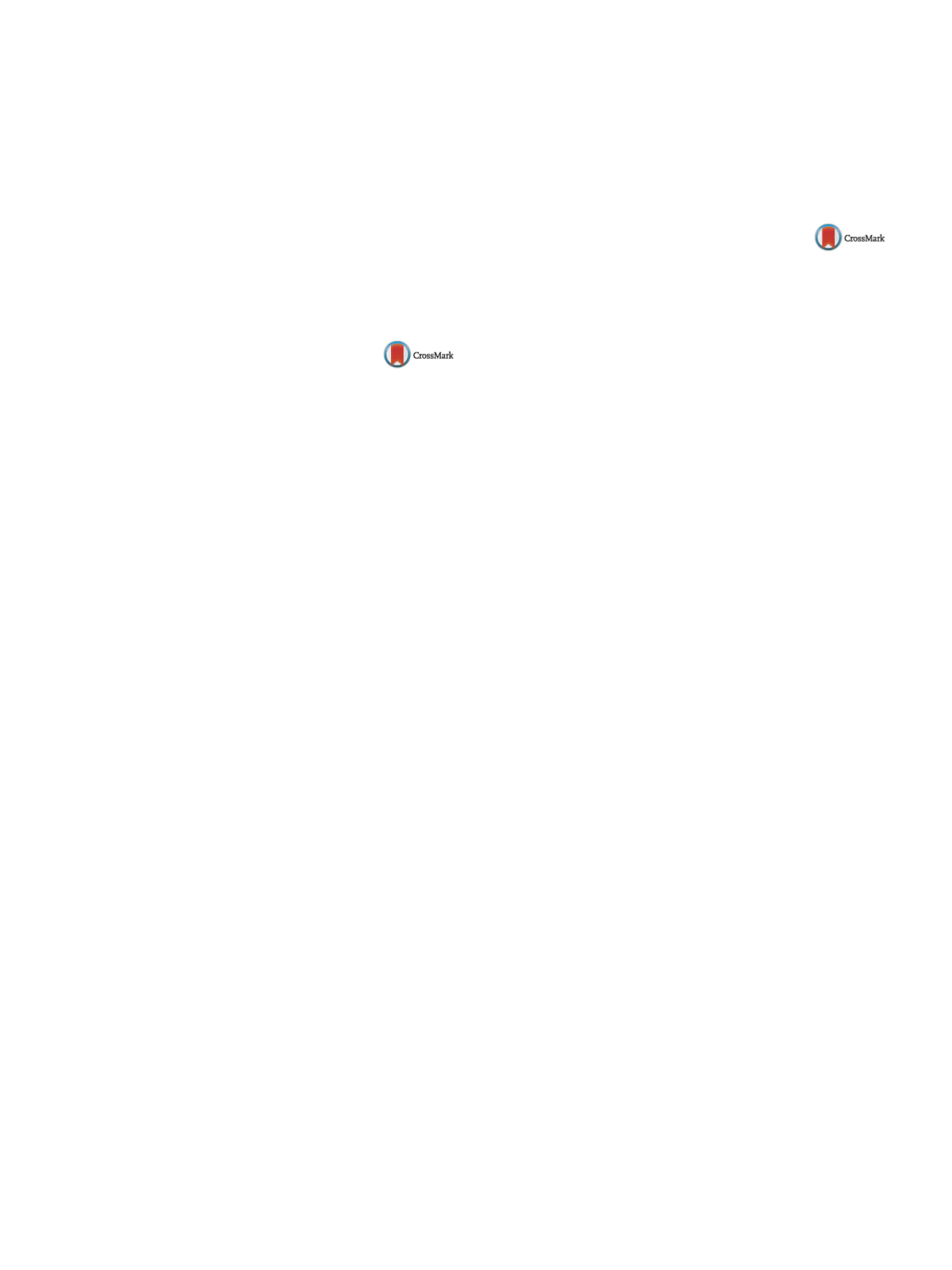

S114
Abstracts / Journal of Clinical Virology 82S (2016) S1–S142
participants reporting the correct virus for specimen 3646, 3647
and 3650. A new pilot is due to be sent out in June 2016 and it will
contain 6 freeze–dried samples with the same matrix as previously
used.
Conclusion:
This study established that there is a need in offer-
ing a scheme for the molecular detection of the most important
Respiratory Viruses. The new scheme is expected to be available
from April 2017 and is available for laboratories that performing
molecular testing for respiratory pathogens.
http://dx.doi.org/10.1016/j.jcv.2016.08.228Abstract no: 198
Presentation at ESCV 2016: Poster 189
Genotyping and epidemiology analysis of
human rhinovirus among children with severe
acute respiratory infection in Shanghai, China
2013–2014
R.J. Lu
∗
, N. Zhu, W.J. Tan
National Institute for Viral Disease Control and
Prevention, Chinese Center for Disease Control and
Prevention, Beijing, China
Background:
Human rhinovirus (HRV) belongs to the
Enterovirus genus and Picornaviridae family, which has been
classified into three species, HRV-A to HRV-C. HRV is a common
cause of mild acute respiratory infection (ARI) in children. How-
ever, in recent years, HRV has been identified as an etiological agent
of severe acute respiratory infection (SARI) C such as pneumonia,
bronchiolitis and asthma, especially HRV-C discovered in 2006. In
China, HRV species, epidemiological data and clinical profiles are
limited on HRV infection in children with SARI.
Objectives:
To investigate the epidemiological characteristics,
clinical features and genotype diversity of human rhinoviruses
from children with severe acute respiratory infections.
Study design:
441 nasopharyngeal aspirates were collected
from children with SARI in Shanghai from 2013 to 2014. Nested
RT-PCR was employed for preliminary HRV detection and phyloge-
netic analysis on VP4/VP2 region was used to further characterize
the viruses. The clinical and epidemiological characteristics of the
patients with HRV infection were analyzed.
Results:
HRV was detected in 132 (29.9%) of the 441 specimens:
HRV-A in 70 (56%), HRV-B in 10 (7.6%), HRV-C in 31 (23.5%) and
HRV untyped in 21 (18.9%). HRV-A to HRV-C detections peaked
in September, August and October, corresponding with autumn,
respectively. A higher detection frequency of HRV-A and HRV-C
occurred in the <5 years age groups. Cough, fever and wheezing
were the most common symptoms and pneumonia was the most
common diagnosis in patients with HRV infection. Overall there
were no significant differences in the clinical symptom and diag-
nosis between the patients infected with HRV-A and HRV-C. HRV-C
is recently discovered species and may be associated with SARI,
asthma and wheezing. Phylogenetic analysis showed that HRV-C
strains in present study belonged to C3, C6, C13, C15, C16, C18, C24,
C27, C30, C37 and C39 genotypes especially, and C6, C16 and C24
were themost frequently genotypes, whichwere different from the
reports from Japan, Paraguay and Hong Kong China. In addition, 53
(40.2%) HRV positive patients were co-infected with other respira-
tory viruses, among which the most HRV-associated co-infections
involved human bocavirus (HBoV), adenovirus (ADV) and human
parainfluenza virus (PIV).
Conclusion:
Our study showed that HRVwas frequently present
in children with SARI in Shanghai, China. The clinical symptom and
diagnosis of patients infected with HRV-A were similar with HRV-C
species. 11genotypes for HRV-C were found and C6, C16 and C24
genotypes were the most common.
http://dx.doi.org/10.1016/j.jcv.2016.08.229Abstract no: 204
Presentation at ESCV 2016: Poster 190
RSV surveillance in Sweden – How can we
improve it?
Heli Harvala
1 ,∗
, AnnaSara Carnahan
2,
Mia Brytting
21
Public Health Agency of Sweden and ECDC, Sweden
2
Public Health Agency of Sweden, Sweden
Introduction:
National RSV surveillance in Sweden aims to
guide clinicians through the RSV season and help them to opti-
mize the timing of RSV immunoprophylaxis, in order to prevent
serious cases of RSV among infants. Estimating the burden of RSV
infection will likely become an important aim of surveillance as
vaccines approach the commercial market. We evaluated how RSV
diagnostics is currently performed in Sweden and the usefulness of
RSV surveillance to clinicians.
Methods:
Clinical microbiology laboratories (
n
= 24) and clinics
(
n
= 5) are invited to report all laboratory-confirmed RSV infections
to the Public Health Agency of Sweden. These data are analysed
and results published weekly. The first questionnaire on methods
was sent to all reporting units, and the second on usefulness of
RSV surveillance to readers of the weekly report. Swedish Quality
Control Program (EQUALIS) data on the performance of laboratory
testing were also analysed.
Results:
23 laboratories and four clinics responded to the first
questionnaire, and 77 readers to the second. All except two labora-
tories use commercial and/or in-house PCR (15 and 7 laboratories,
respectively). RSV PCR is also performed in seven clinical chem-
istry laboratories; none participate in EQUALIS or RSV surveillance.
Chromatographic antigen detection (referred as near-patient test,
NPT)was reported to be used by three laboratories and eight clinics;
three of these clinics do not currently participate RSV surveillance.
NPT-results obtained only in two laboratories and one clinic are
confirmed by another assay. RSV-NPT sensitivity was 0.23 based
EQUALIS panel 2015. Reporting took 15min/week (4–60min); nine
laboratories found it time-consuming. Most clinical readers use the
published RSV data (38/45), either to guide timing of RSV immuno-
prophylaxis (
n
= 14), as staff information (
n
= 10) or for hospital
preparedness (
n
= 14).
Discussion:
RSV surveillance data is widely used by clinicians,
but a need for a faster reporting platform was identified. Further-
more, the importance of confirming RSV-NPT results should be
highlighted. Clinical chemistry laboratories and clinics perform-
ing RSV-NPT will be encouraged to participate in EQUALIS and RSV
surveillance. These measures will improve Swedish RSV surveil-
lance and awareness of RSV in the pre-vaccination era.
http://dx.doi.org/10.1016/j.jcv.2016.08.230

















